CASA Enjoys Tour of Casco Viejo
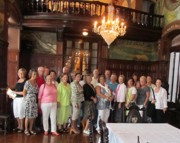
What a great day for a walking tour of Casco Viejo! The sun stayed behind the clouds most of the day; there was only a slight bit of rain around 12:30 while we were at lunch; and the humidity remained bearable. Perfect timing for this CASA sponsored event! The 26 participants, CASA members and their guests, boarded the chartered bus at the Coronado Mall parking lot promptly at 7:30 on Tuesday morning, May 14, and headed into the city. The first stop on the walking tour, organized by Amarillis Sepa, was a visit to the Museo de Historia de Panama located at the Plaza la Catedral. This museum focuses primarily on the colonial history and artifacts of Panama City. There was a lot of information packed into a ½ hour tour, and of particular interest to many was the display containing the ball and chain. Wonder why that was?? As with most of the sites we visited, our museum guide spoke only Spanish, but we were fortunate to have the voices of Joyce Moore and Clemencia Watson as our translators.
Photo Gallery for CASA Enjoys Tour of Casco Viejo
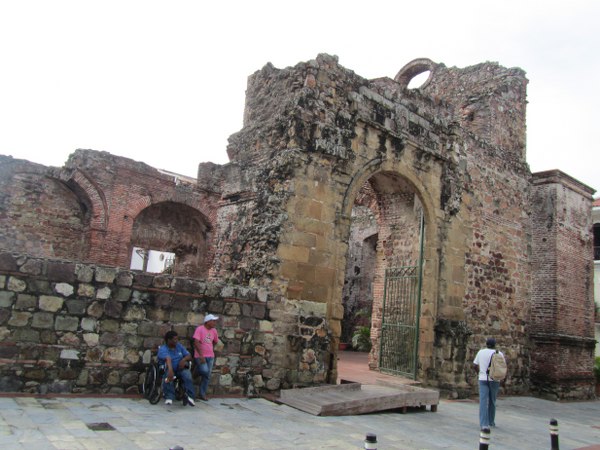 Title
Title
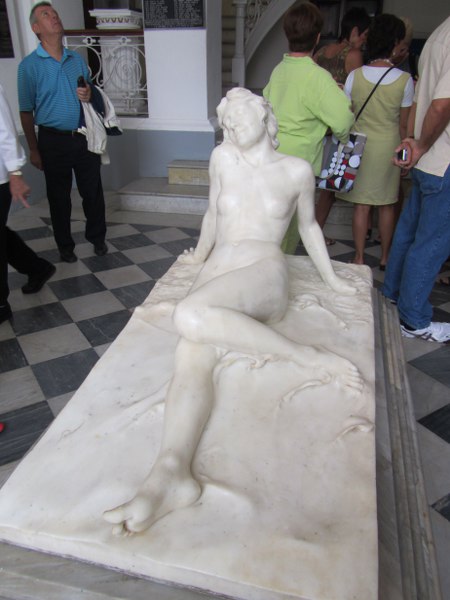 Title
Title
 Title
Title
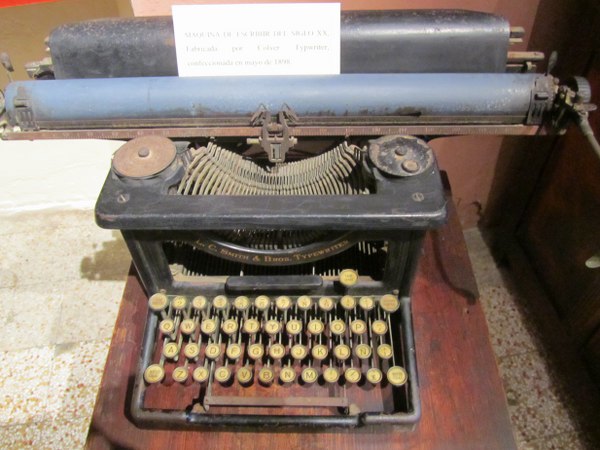 Title
Title
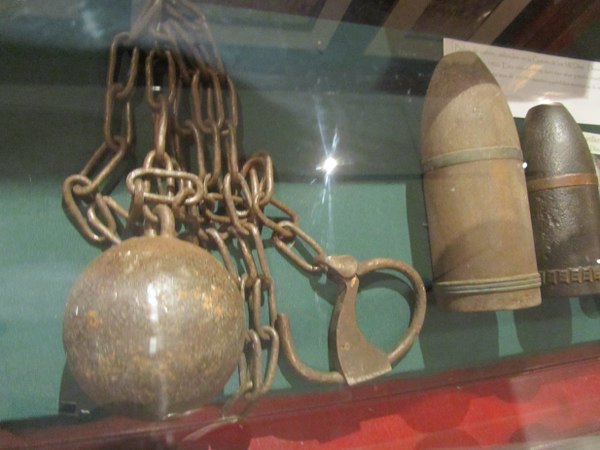 Title
Title
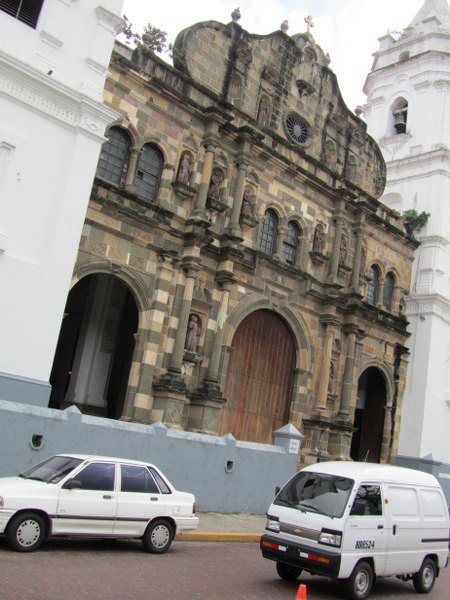 Title
Title
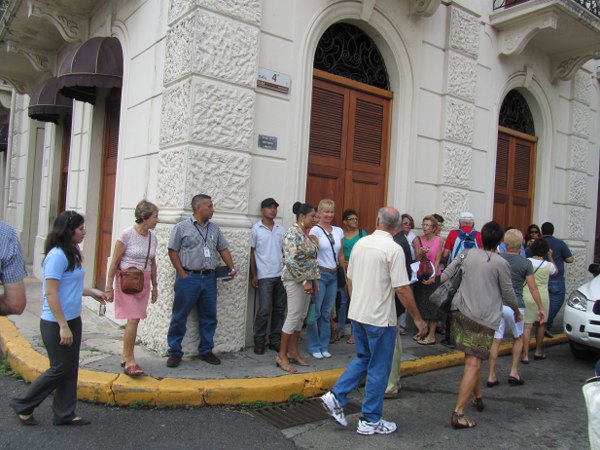 Title
Title
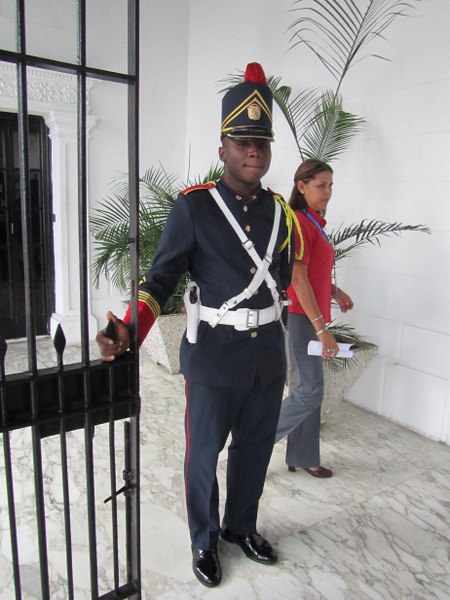 Title
Title
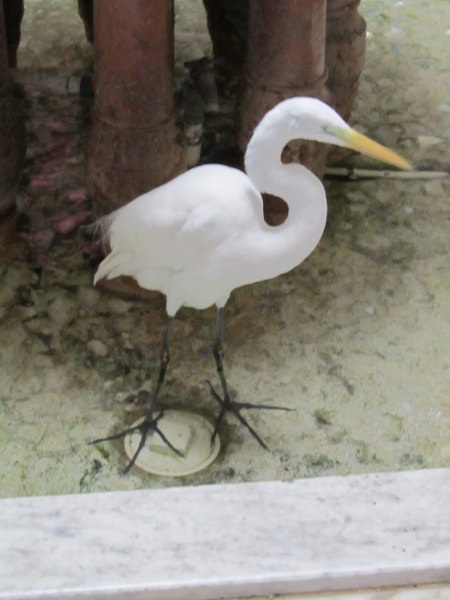 Title
Title
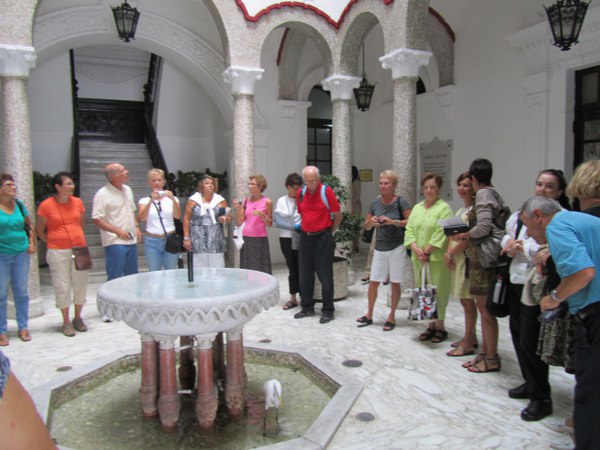 Title
Title
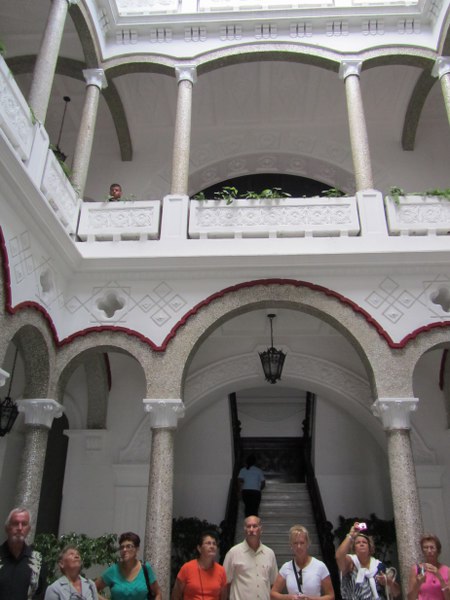 Title
Title
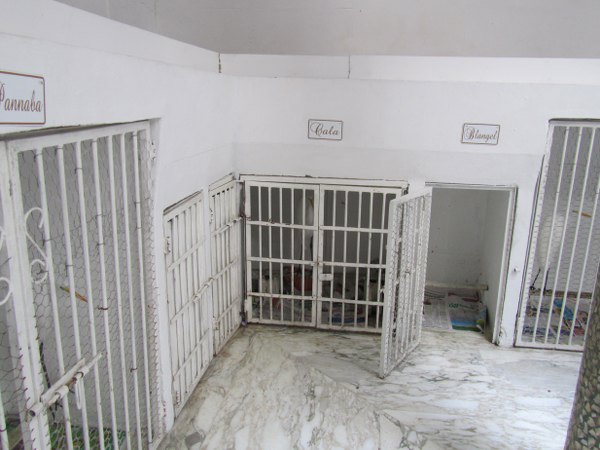 Title
Title
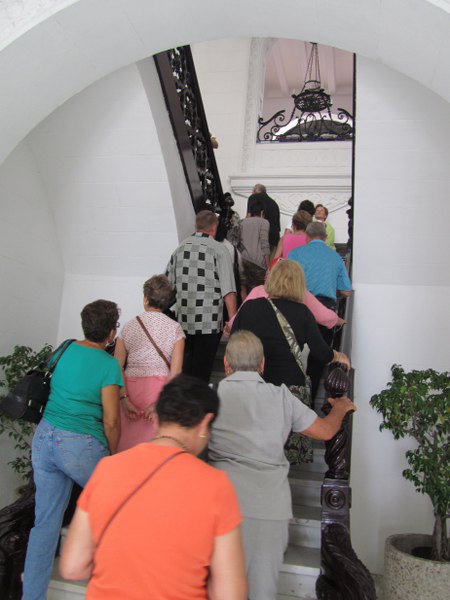 Title
Title
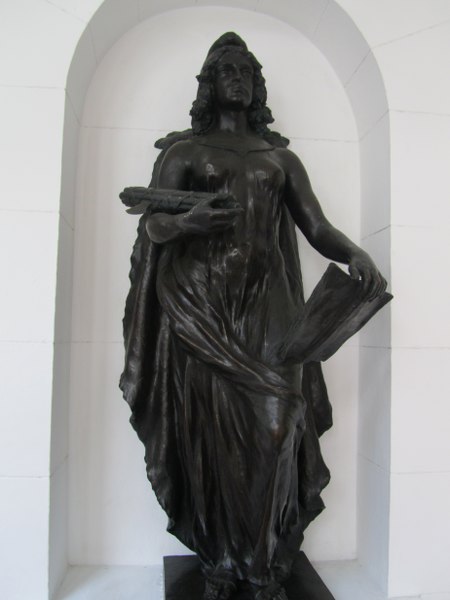 Title
Title
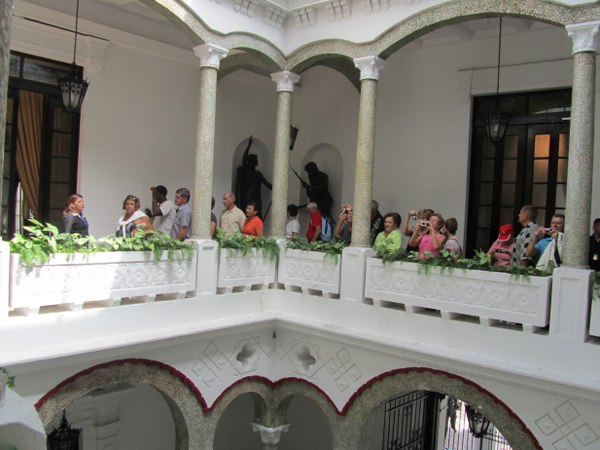 Title
Title
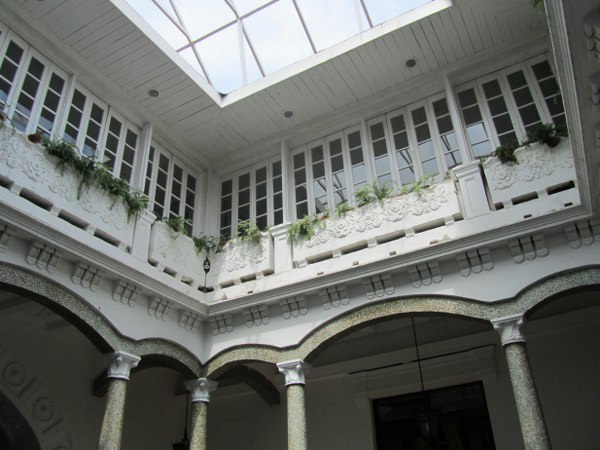 Title
Title
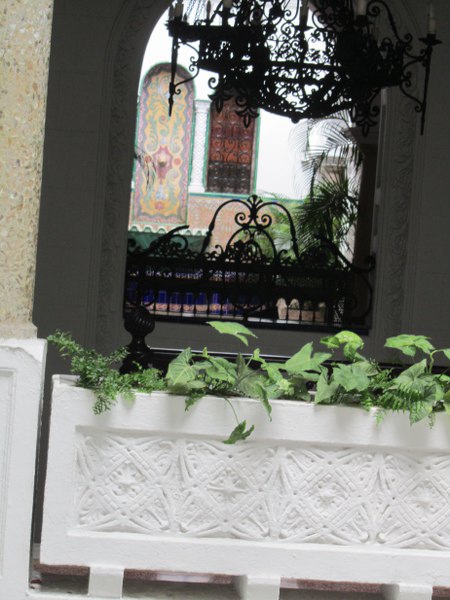 Title
Title
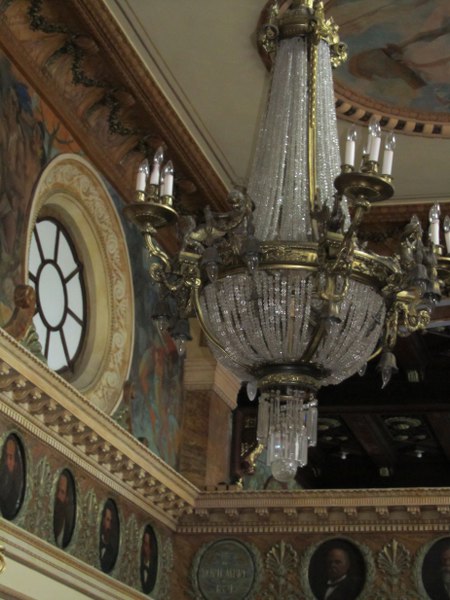 Title
Title
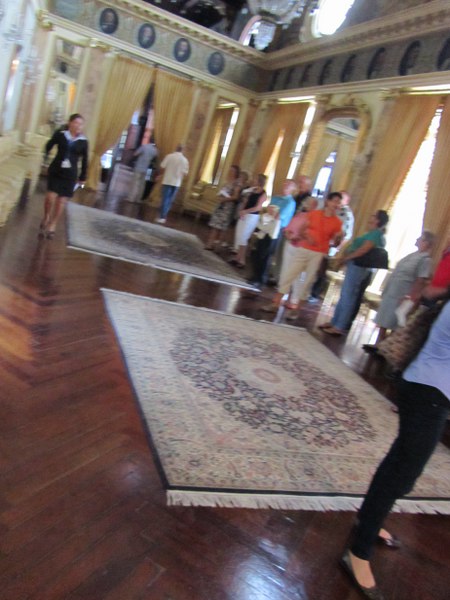 Title
Title
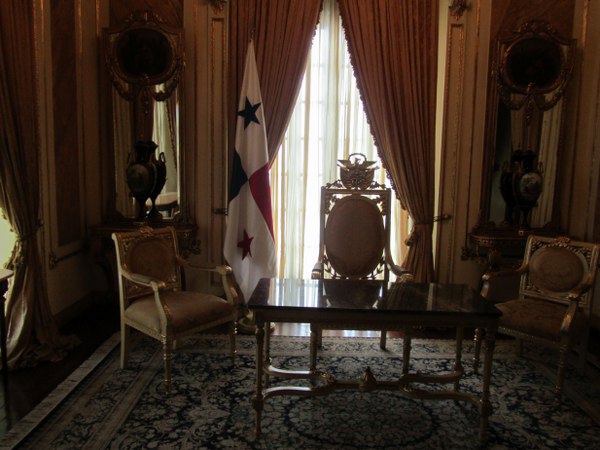 Title
Title
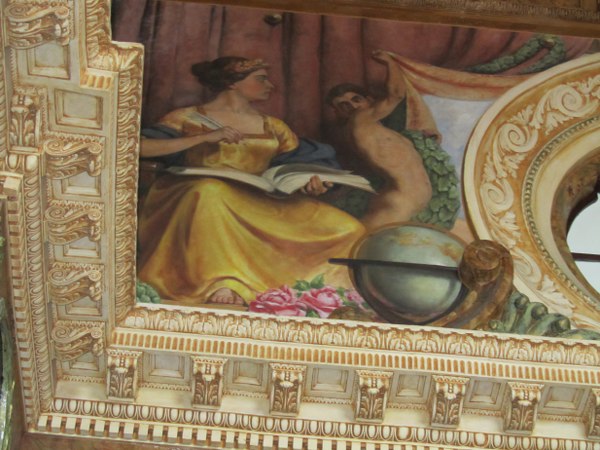 Title
Title
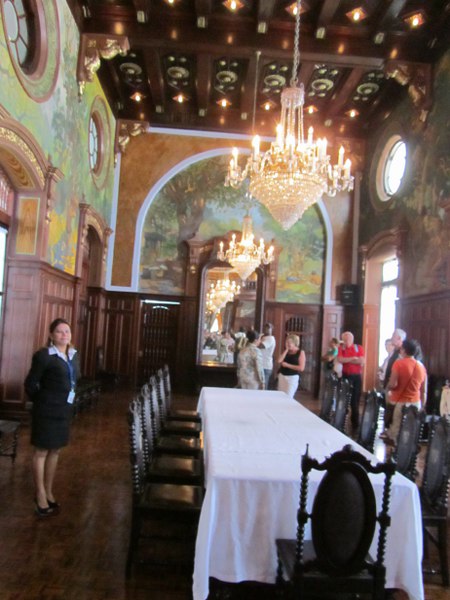 Title
Title
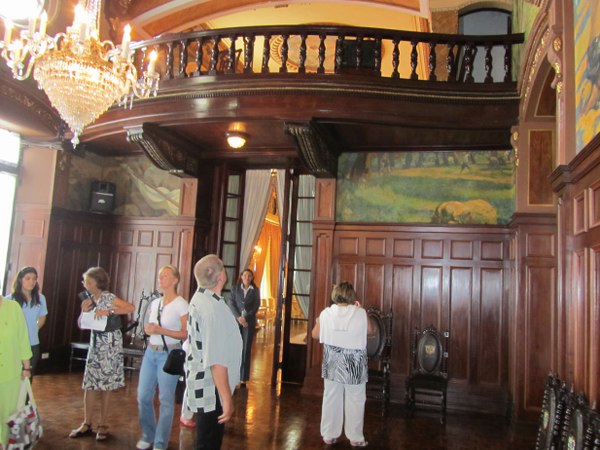 Title
Title
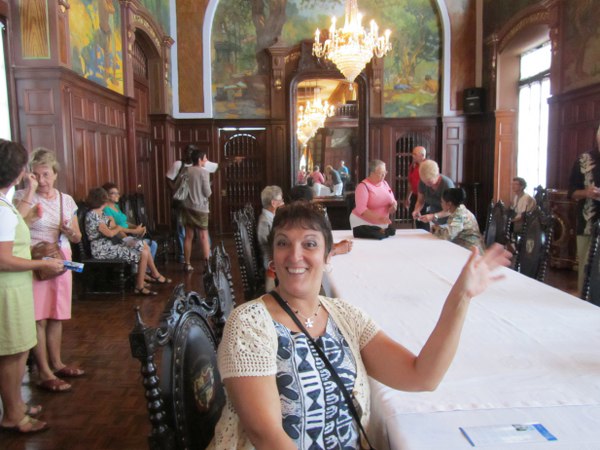 Title
Title
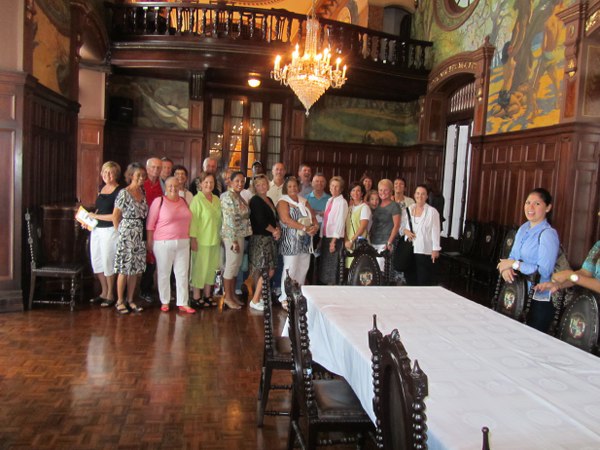 Title
Title
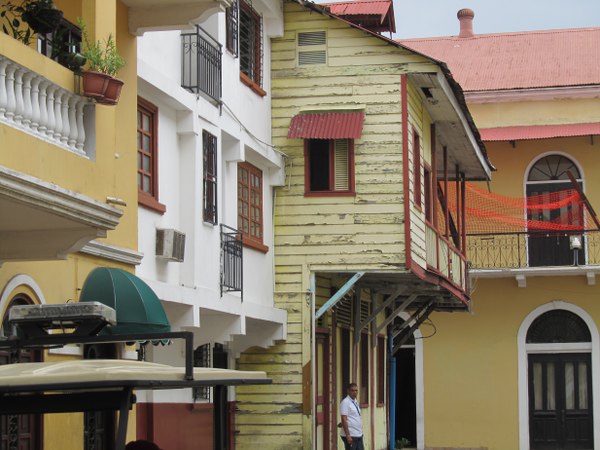 Title
Title
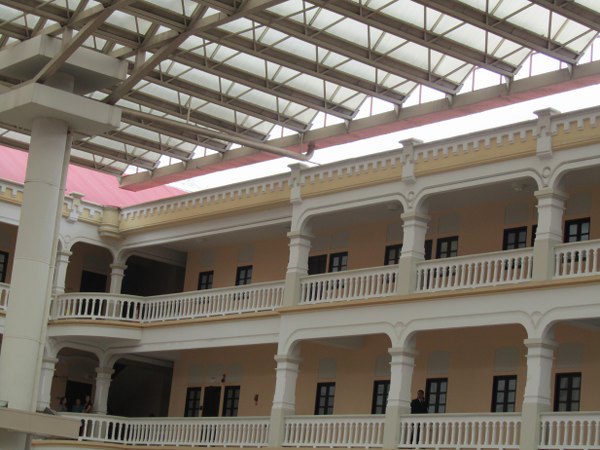 Title
Title
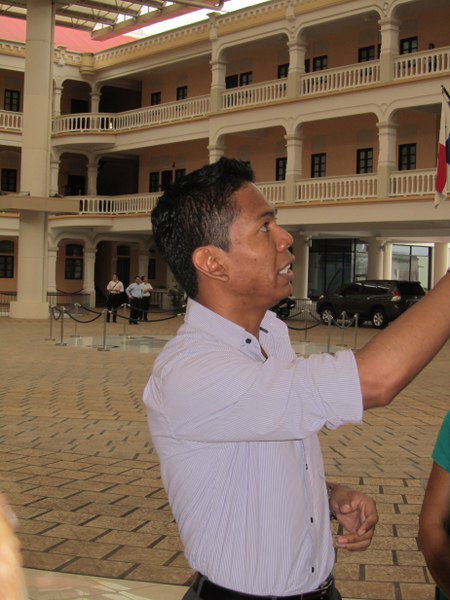 Title
Title
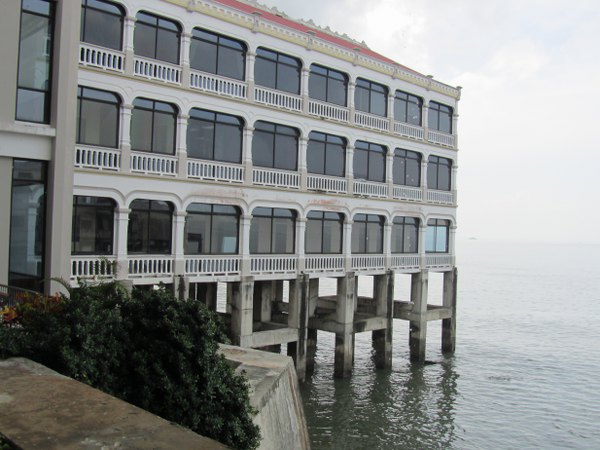 Title
Title
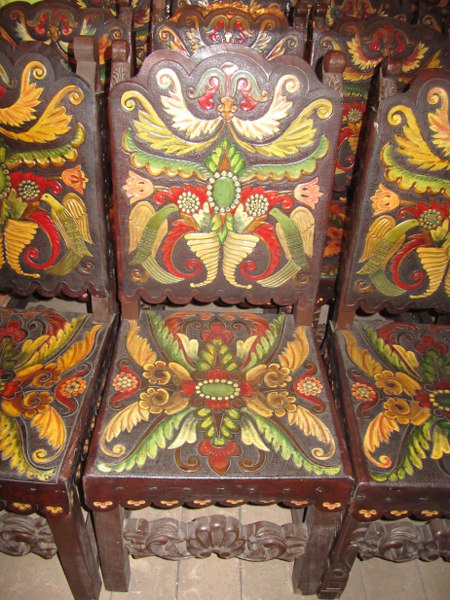 Title
Title
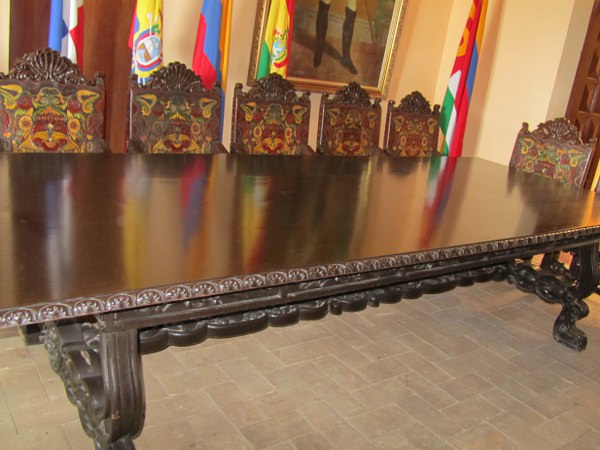 Title
Title
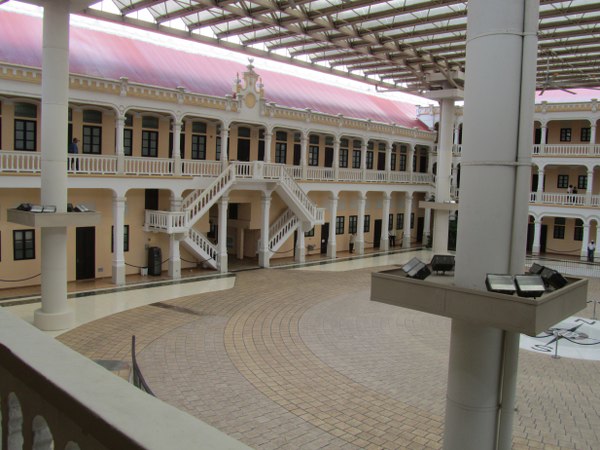 Title
Title
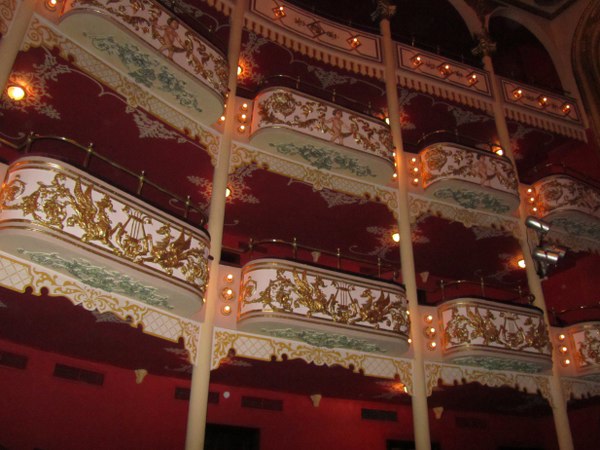 Title
Title
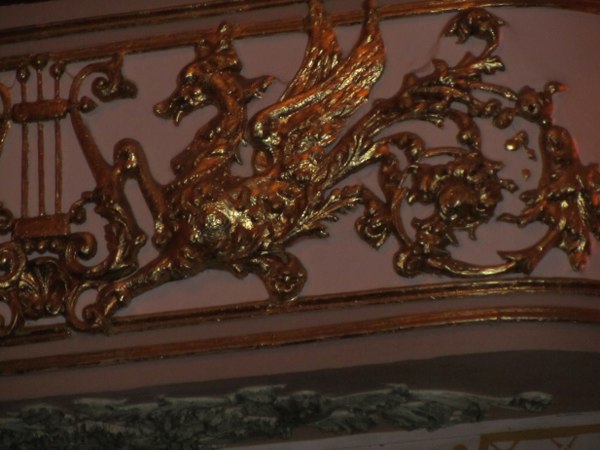 Title
Title
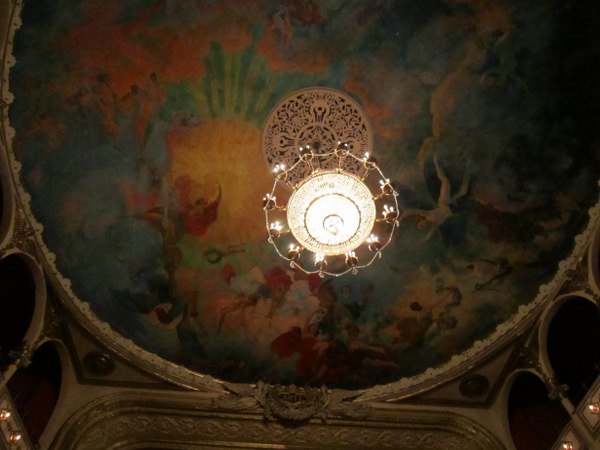 Title
Title
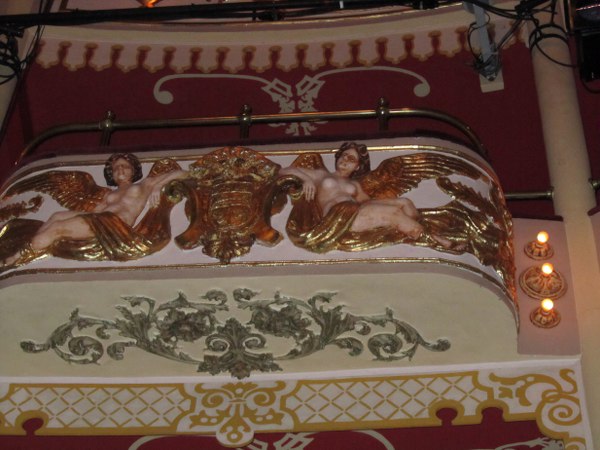 Title
Title
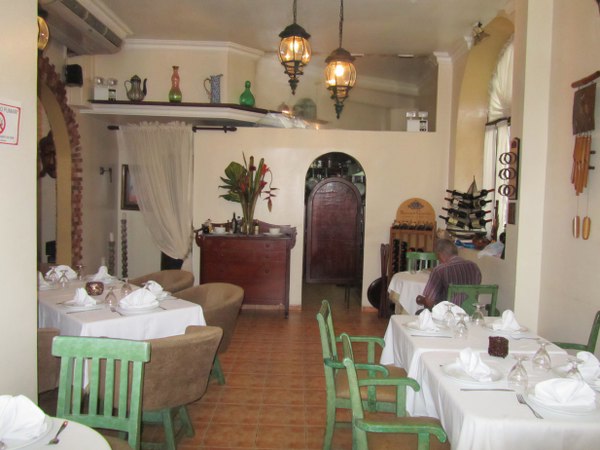 Title
Title
 Title
Title
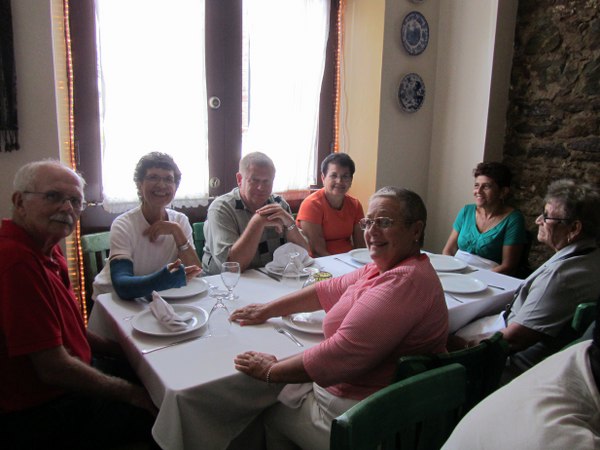 Title
Title
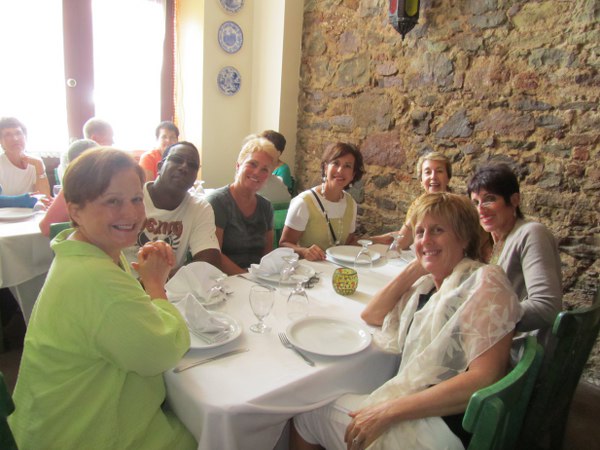 Title
Title
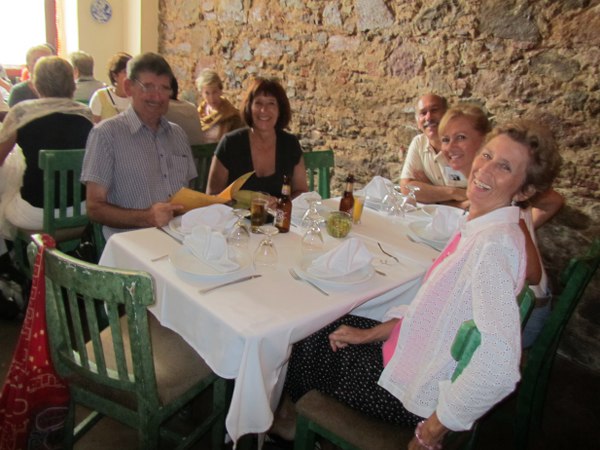 Title
Title
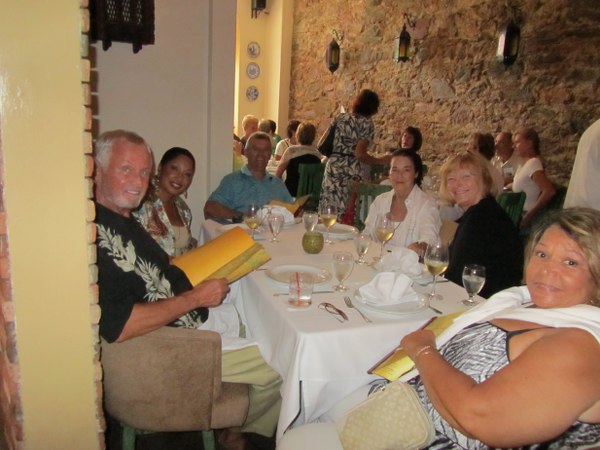 Title
Title
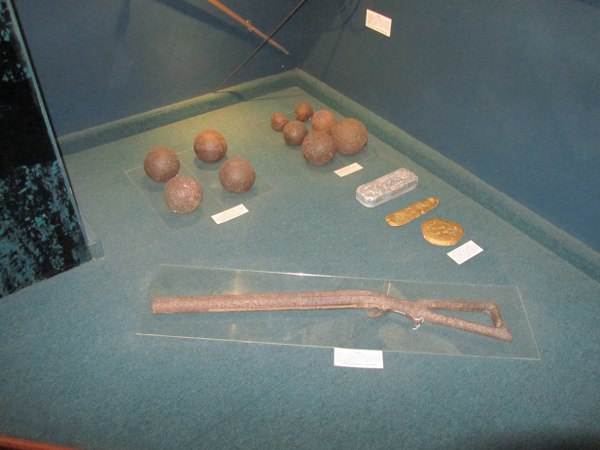 Title
Title
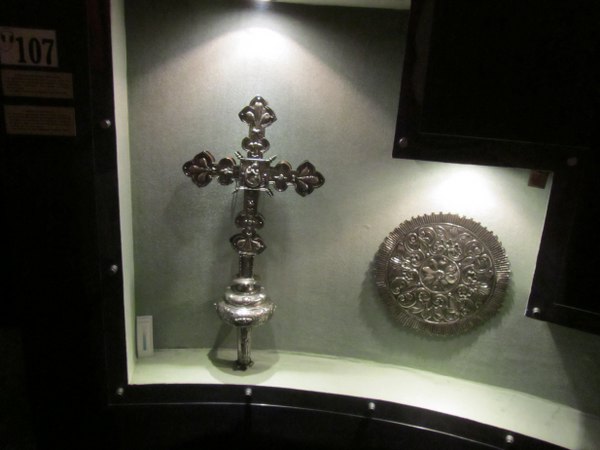 Title
Title
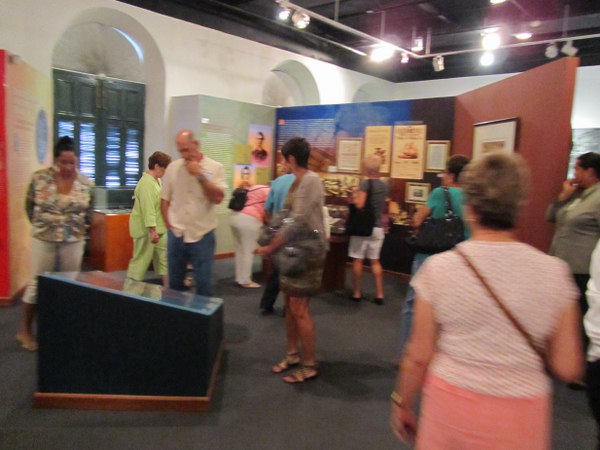 Title
Title
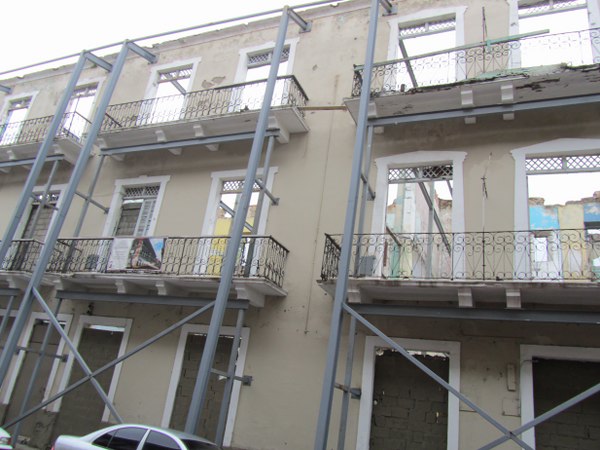 Title
Title
 Title
Title
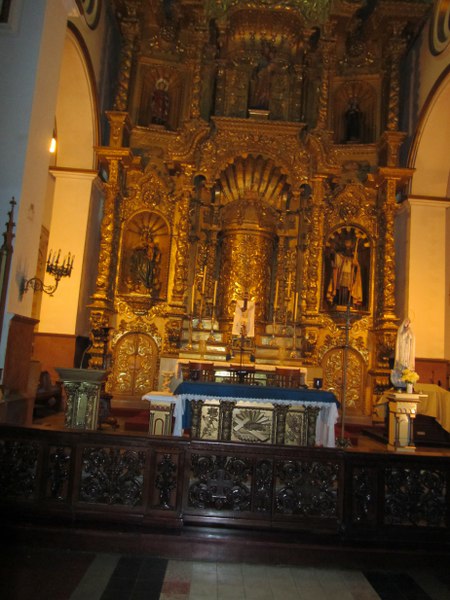 Title
Title
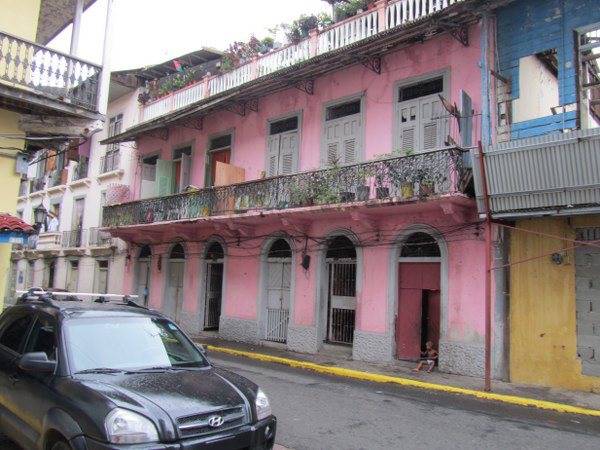 Title
Title
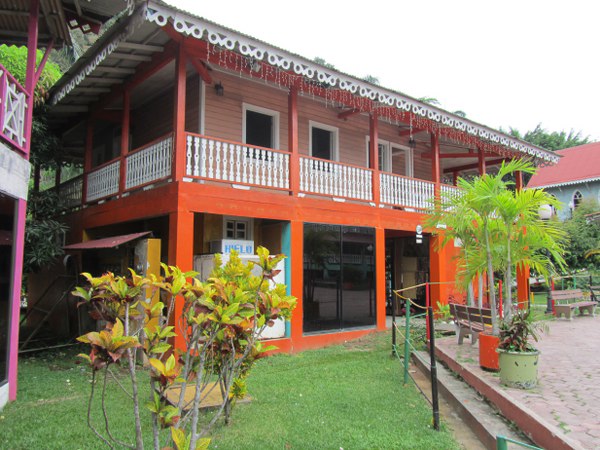 Title
Title
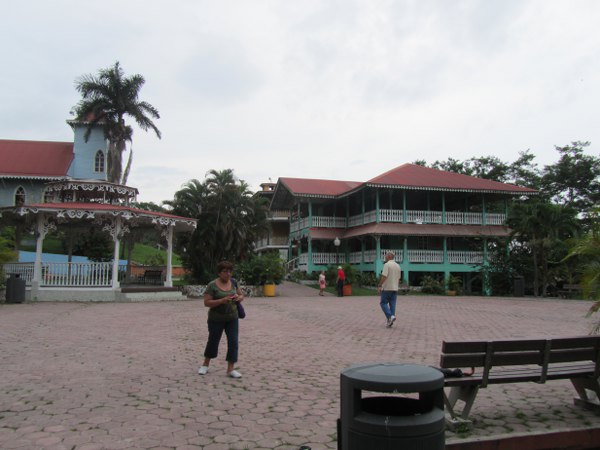 Title
Title
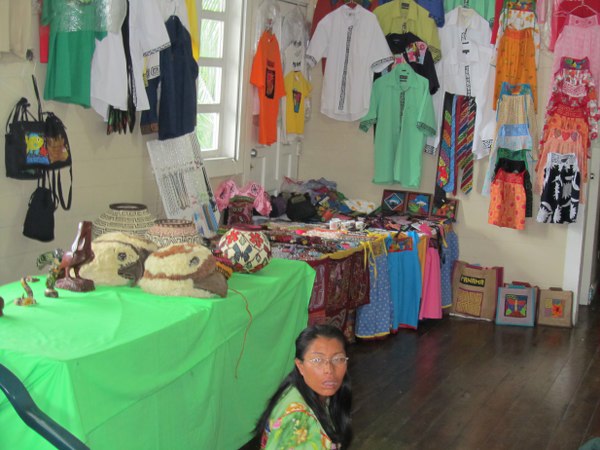 Title
Title
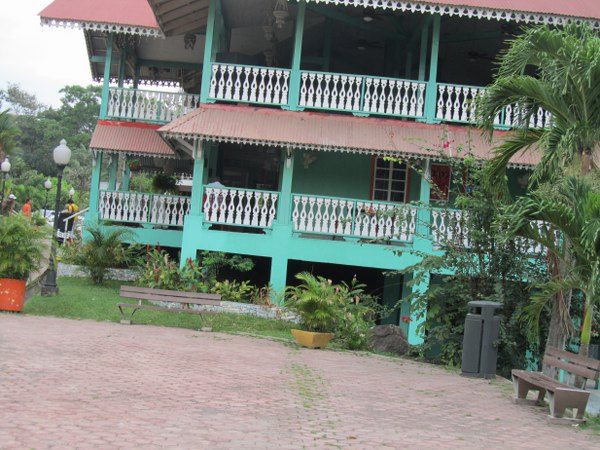 Title
Title
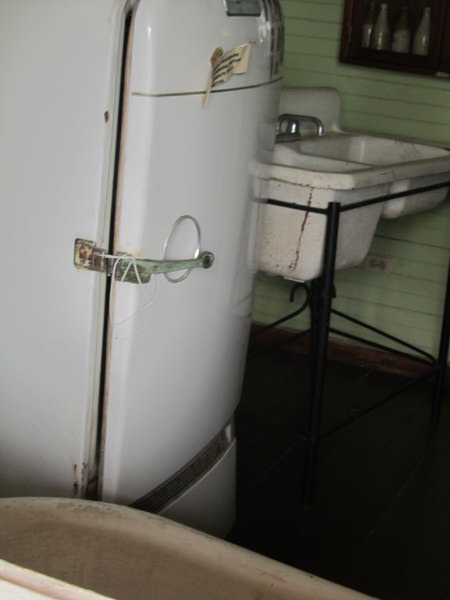 Title
Title
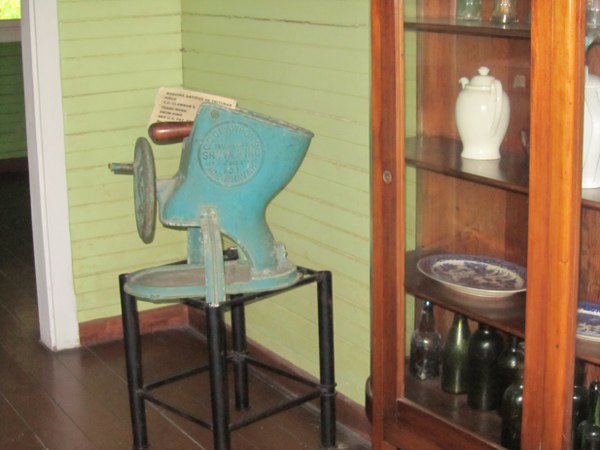 Title
Title
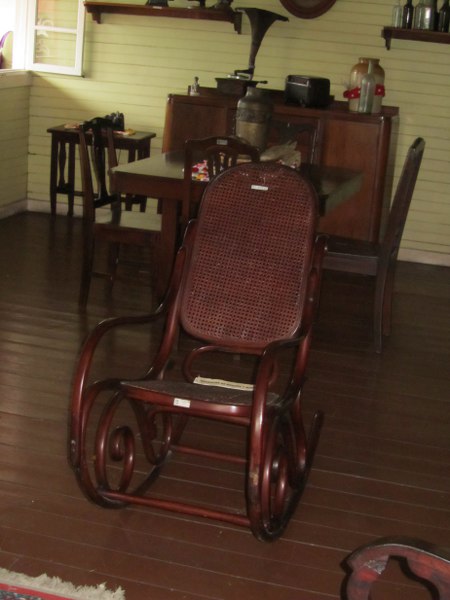 Title
Title
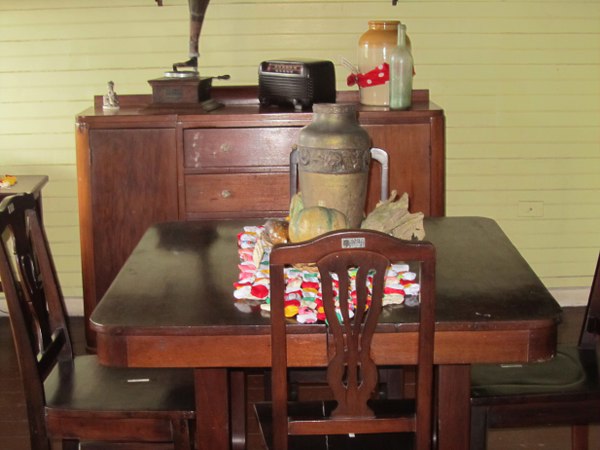 Title
Title
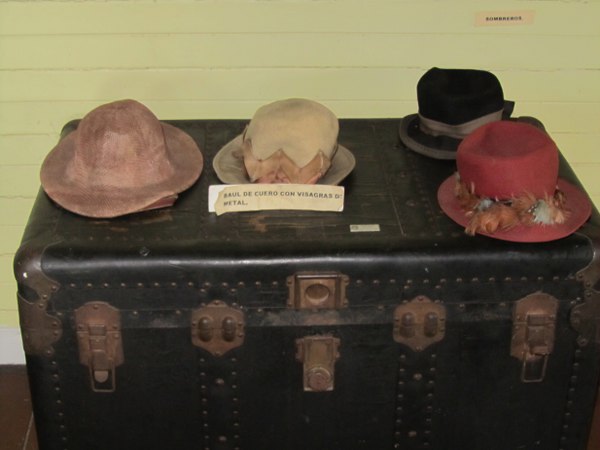 Title
Title
 Title
Title
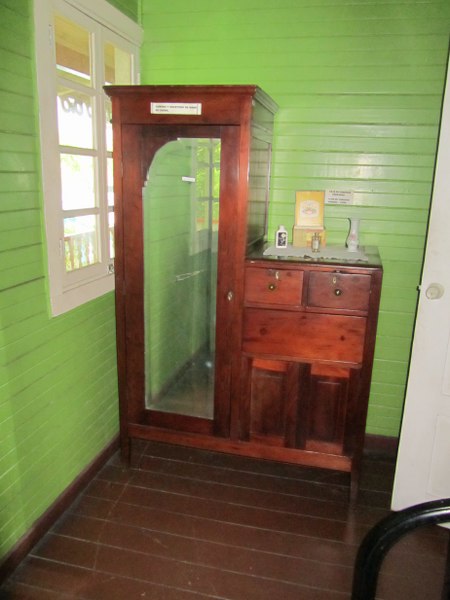 Title
Title
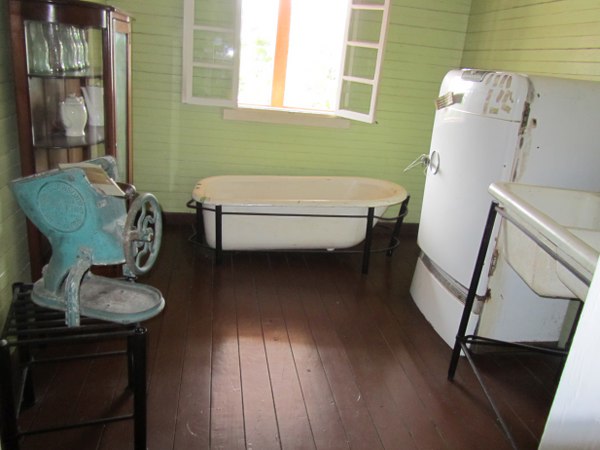 Title
Title
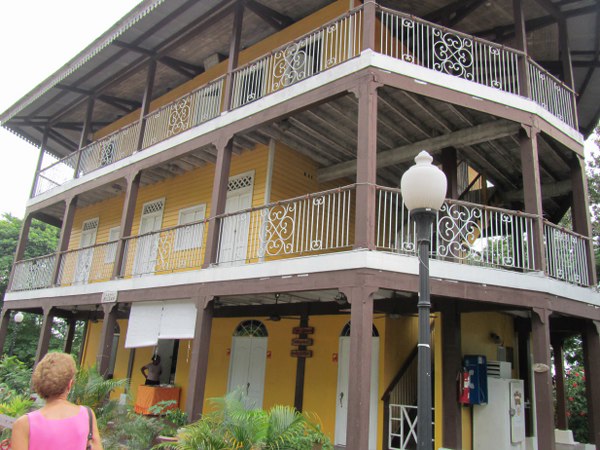 Title
Title
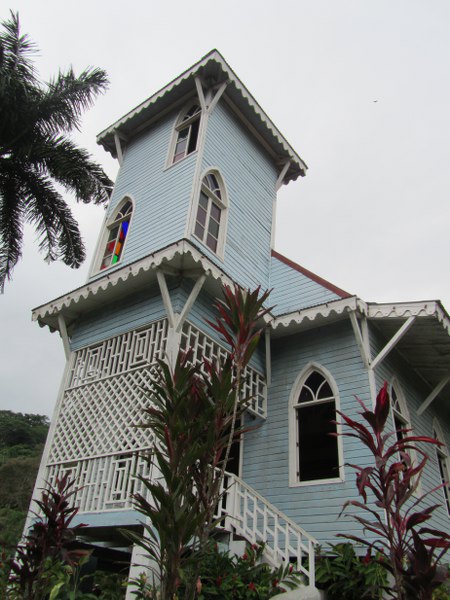 Title
Title
 Title
Title
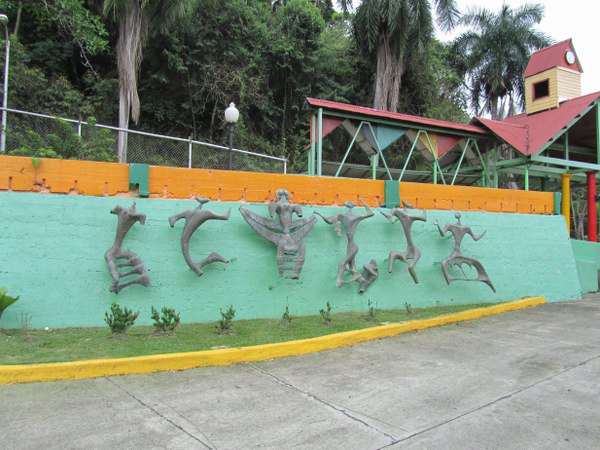 Title
Title
